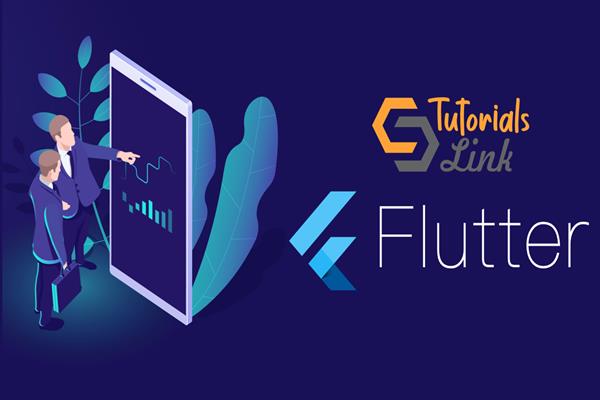Quickstart to Flutter - Part II
In this article, we will have what are the advanced concepts in Flutter
Introduction
This is part two of the "Quickstart to Flutter" article series. In this article, we will look at the new features added to the latest release of Flutter. Please read the previous article of this article series here,
A glimpse at Part I
- In the first article, we had a look at what Flutter is and why we need Flutter. As stated in that article, Google is developing a new OS called Fuchsia which primarily works on all smart devices like Laptops, PCs, Smartphones. So, Google developed a framework called Flutter to develop applications for Fuchsia.
- In Flutter, everything is a widget.
- We can develop applications for Android and iOS in a single codebase.
- Fast development
- Expressive UI (Widgets)
- Native performance
- We can develop native Andriod and iOS mobile applications with a single code using Flutter.
The following are the topics we will cover in this article.
- Background
- Flutter for Web
- Flutter 1.5
- ML Kit in Flutter
- Desktop apps in Flutter
- Points to remember
- Conclusion
Background
Several new things were announced and launched during the Google I/O 2019 this year. Among them all, Flutter also had some great new updates that I wish to share with you all.
Flutter for Web
- The great news for all Flutter developers is that now web applications can be developed using Flutter. Earlier, it was called Hummingbird but now, it's called a Flutter Web.
- Chrome, Firefox, and Safari are some of the popular web browsers that support Flutter Web applications.
- As for now, there is no plug-in system support but in the near future, we can expect this feature.
Here is the architecture of Flutter Web.

Image Source: Medium
- The Flutter framework is shared between mobile and web offerings. It provides UI foundations of Flutter, including animation, gestures, base widget classes, as well as, a Material-themed set of widgets for most common application needs.
- The magic comes in translating these concepts to the browser. Flutter reimplemented the Dart: UI library, replacing the bindings to the Skia engine used by mobile, with the code that targets the DOM and Canvas.
- When you compile Flutter code for the web, your application, the Flutter framework, and the web-flavored Dart: UI library — all written in Dart — are compiled to JavaScript that can run on any modern browser.
Future Enchantment of Flutter for Web
- Text features to support, such as selection and copy-paste.
- Support for plugins, for features like location, camera, and file access.
- Progressive Web Apps
- Debugging web applications using DevTools.
- Improved performance, browser support, and accessibility.
Flutter 1.5
- The Flutter 1.5 release comes with a number of updates for iOS and Material widgets.
- Increased support for applications on web and desktop.
- The most requested new feature in Flutter 1.5 is the In-App Purchase plug-in which is now available in beta for Android and iOS.
ML Kit
- ML Kit Custom Image Classifier is another great announcement in the new project. In this app, you can create your own dataset for machine learning. Using Firebase, the application is developed.
Desktop applications using Flutter
- The Flutter team published an early version of instructions for creating Flutter apps for desktops.
- Although Flutter for desktop is not something production-ready, we can expect it very soon in production.
Points to Remember
- Now, Flutter is for all, i.e., Mobile, Web, and Desktop applications can be developed using Flutter.
- ML operations can also be done in Flutter for Image Classifier.
- Desktop applications can also be developed in Flutter, but it is not in Production yet. We can expect that to happen very soon
Conclusion
In this article, we have learned what is new in Flutter. Hope it was very helpful. We will learn more about Flutter in detail in my upcoming articles. Please share your feedback in the comment section.
Happy Learning!!!!!





